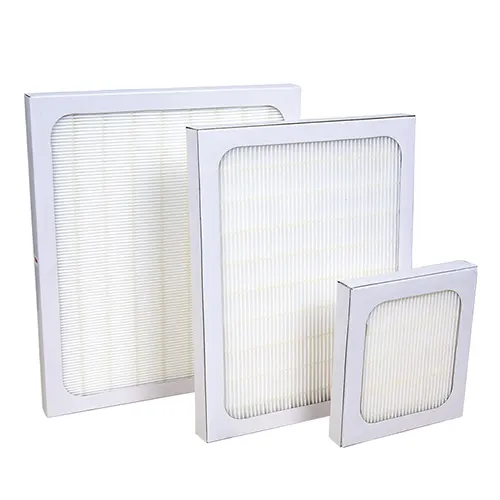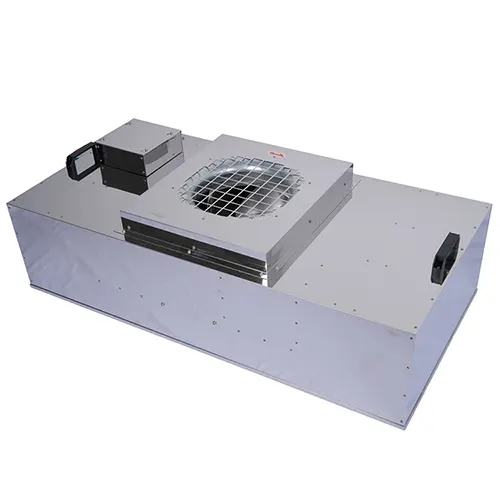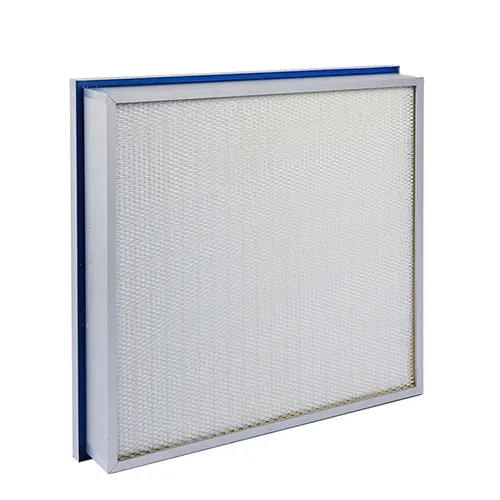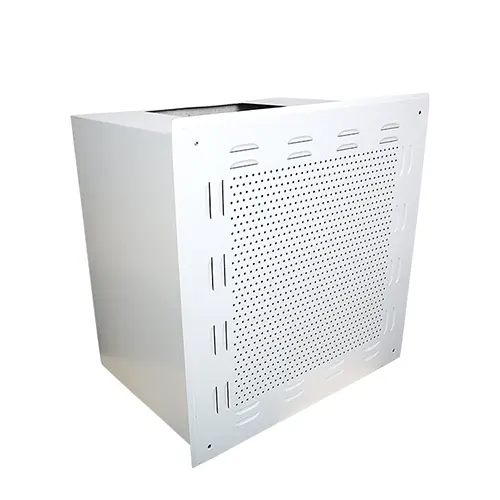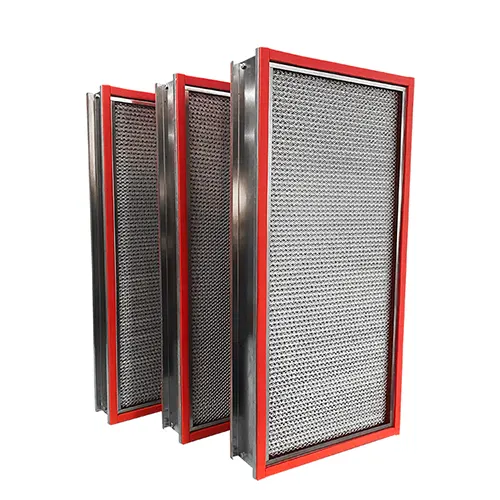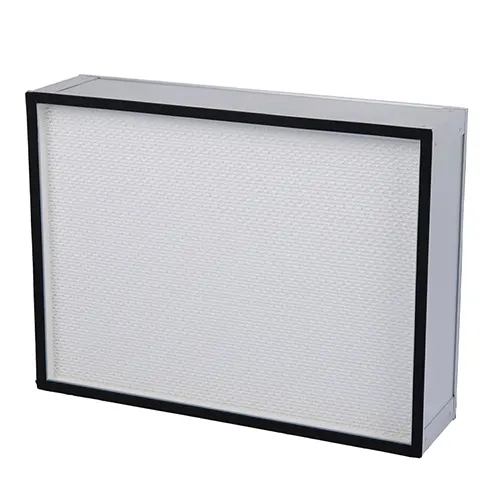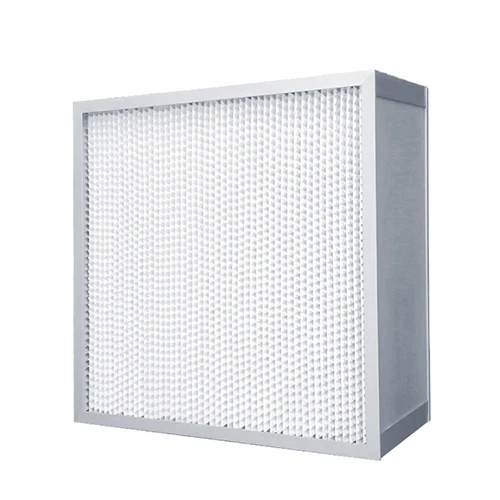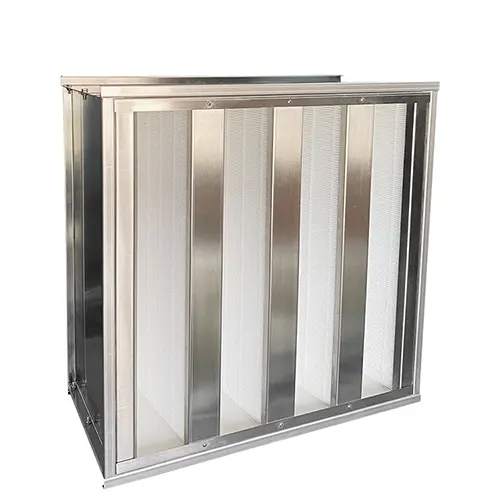HEPA Filters
The unique construction of HEPA filters involves a complex web of fine fibers, including glass fibers, synthetic fibers. These fibers are arranged in a random pattern, creating a dense, maze-like structure. As air passes through this dense network, particles are captured through various mechanisms, including direct impaction, interception, and diffusion. This intricate design allows HEPA filters to capture a wide range of airborne pollutants, including dust, pollen, mold spores, certain bacteria, and even some virus particles, which are far too small to be seen with the naked eye. Due to their high efficiency in trapping airborne particles, HEPA filters are critical in environments where maintaining the highest air quality is essential. They are extensively used in settings that demand stringent air cleanliness, such as healthcare facilities, pharmaceutical manufacturing, high-tech industries, and in residential and commercial HVAC systems for improved indoor air quality.
Features of HEPA Air Filters:
· Filtration Grade: H12, H13, H14, H15, H16, H17; UH17, UH18, UH19, UH20 · Frame material: Paper/cardboard, stainless/galvanized steel, or aluminum alloy · High efficiency on removing harmful particles from the air · Customizable filter sizes and specifications for special needs
Applications of HEPA Air Filters:
· Healthcare Settings: hospitals, particularly in operating rooms, ICUs, and isolation wards · Clean Rooms and Laboratories: create sterile conditions for certain environment · Residential and Commercial HVAC Systems: homes and offices, to improve indoor air quality, particularly beneficial for individuals with allergies or respiratory issues
HEPA filters
- All
- MERV 8 Air Filters
- Air Filters for Malaysia
- High Temperature Filters
- Panel Air Filters
- HVAC Filters
- High Temp Filters
- Panel and Pleated Air Filters
- MERV 15 Filter
- HEPA Air Filters
- Pocket Air Filters
- Paint Booth Filters
- Paint Booth Intake Filters
- Paint Booth Exhaust Filters
- Lackierkabine Filter
- MERV14 Filters
- MERV 15 Air Filters
- Bag Filters
- V-Bank Filters
- Carbon Air Filters

